Supporting an Unprecedented Infusion of Federal Funds
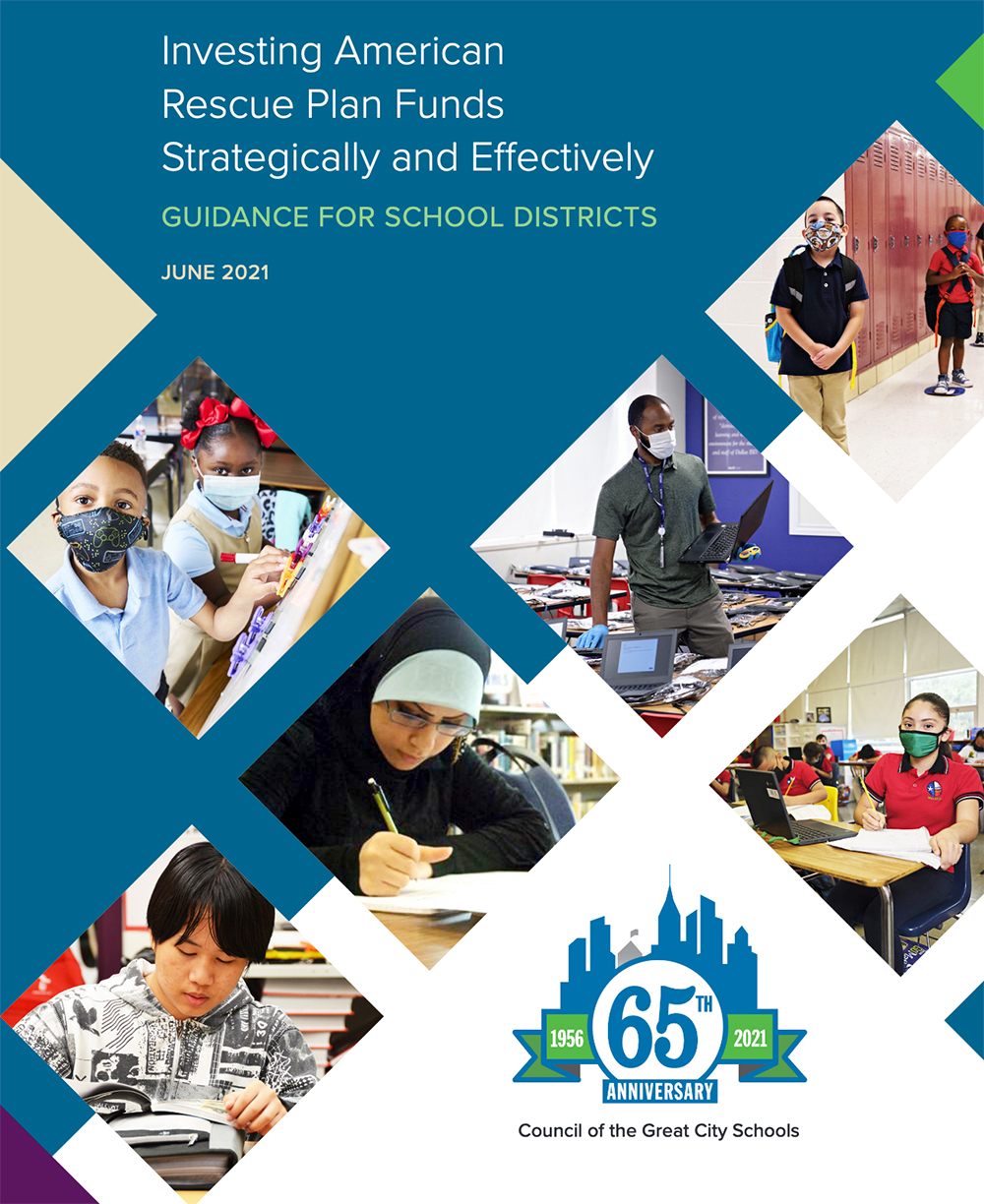
The American Rescue Plan Elementary and Secondary School Emergency Relief (ARP ESSER) Fund under the American Rescue Plan (ARP) Act of 2021, enacted March 11, 2021, provides $122 billion to states and school districts to support the safe reopening of schools and meet the needs of all students. Forty states have submitted their ARP ESSER state plans to the U.S. Department of Education, Office of Elementary and Secondary Education, in early June for approval. Thus far, approximately 12 states have had their ARP ESSER Plans approved while others are under review. States must allocate 90% ($109 billion) to school districts.
The Council of the Great City Schools (CGCS) and the Wallace Foundation have joined forces in leveraging resources to assist districts with spending and implementation planning for using ARP ESSER investments strategically in addressing the unfinished learning needs for all students, particularly those for low income, English Language Learners, and rural students who were disproportionately affected by remote learning. The CGCS has developed a new toolkit of resources and recommendations (guidance document) to help plan and support district ARP ESSER investments cross-functionally, systemically, and deliberately: CGCS_Funds Resource Guide_v10.pdf
Similarly, the Wallace Foundation (Education Leadership Division) has created an American Recovery Planning Professional Learning Community (ARP PLC) and 78 districts have opted to join the network and will receive consultancy services from now through December 2021 for strategic planning in the use of ARP ESSER Funds, critical friend feedback on plans and/or further support to strengthen their principal pipeline work locally. The ARP PLC also includes a series of network convenings where district leaders can learn from one another with similar issues to gain actionable insights; and principals from participating districts will also have an opportunity to participate in a separate network forum where they too can learn together in facilitated discussion groups.
The COVID-19 pandemic created unique needs for educators and students alike, while exacerbating existing inequalities. As part of the Wallace consultancy outreach, I will have the opportunity to work with leaders in 5 of the 78 districts from Cincinnati Public Schools, Cincinnati, OH; Clark County School District, Las Vegas, NV; Hillsborough County Public Schools, Tampa, FL; Miami-Dade County Public Schools, Miami, FL; and Shelby County Schools, Memphis, TN. I am honored to help support the efforts of district leaders from the above communities as they all work to think deeply in using this unprecedented infusion of federal funds into their local public educations systems to improve outcomes for students.
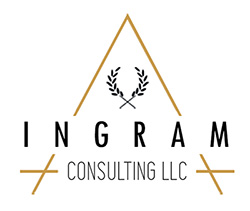
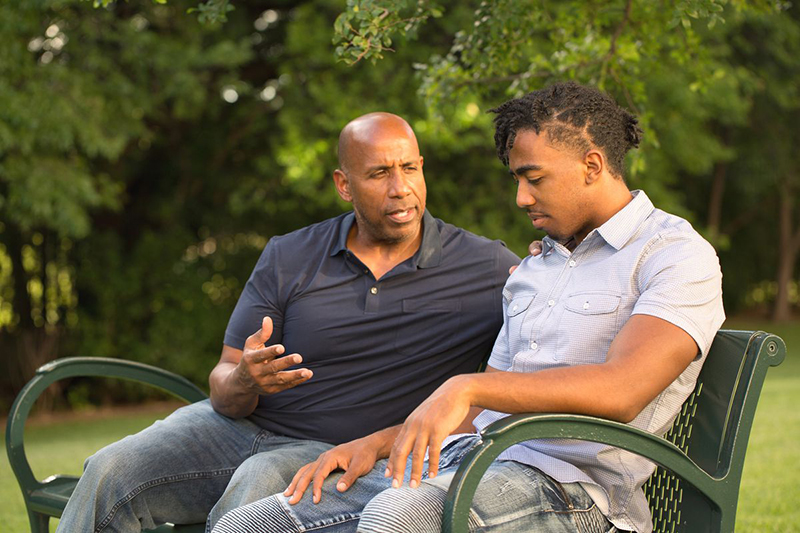 “I have always believed that the single most important task we have as a nation is to make sure our young people can go as far as their dreams and hard work will take them. It is the single most important thing we can do for our country’s future. And we’ve got to do it together.” President Barack Obama
“I have always believed that the single most important task we have as a nation is to make sure our young people can go as far as their dreams and hard work will take them. It is the single most important thing we can do for our country’s future. And we’ve got to do it together.” President Barack Obama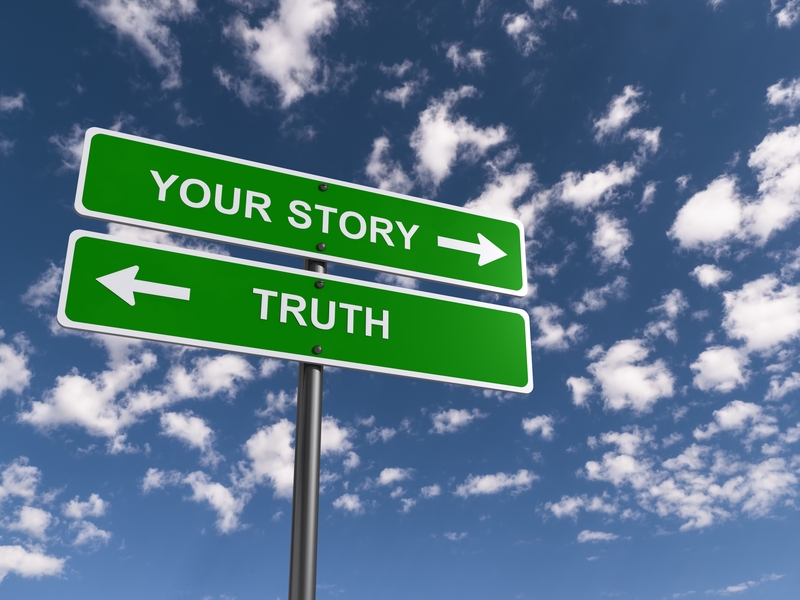 The national debate about whether or not to teach critical race theory in schools has been in the news and has garnered attention and ire for quite some time. Critical race theory is rooted in academic theory that racism is ingrained in the history of the United States and still impacts laws in place today. Opponents of critical race theory argue that the teaching tells a story, which paints white males as inherently racist, sexist, or oppressive, whether consciously or unconsciously.
The national debate about whether or not to teach critical race theory in schools has been in the news and has garnered attention and ire for quite some time. Critical race theory is rooted in academic theory that racism is ingrained in the history of the United States and still impacts laws in place today. Opponents of critical race theory argue that the teaching tells a story, which paints white males as inherently racist, sexist, or oppressive, whether consciously or unconsciously.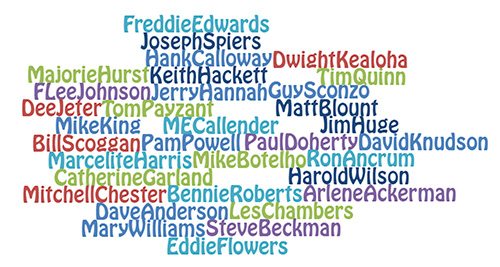 In a recent conversation with a professional acquaintance, I was asked about the difference between coaching and mentoring. At the time, my response was muddled by a flood of memories from my own experiences that has since given me pause to reflect on the vast number of coaches and mentors who have made a significant difference in my life (personally and professionally).
In a recent conversation with a professional acquaintance, I was asked about the difference between coaching and mentoring. At the time, my response was muddled by a flood of memories from my own experiences that has since given me pause to reflect on the vast number of coaches and mentors who have made a significant difference in my life (personally and professionally).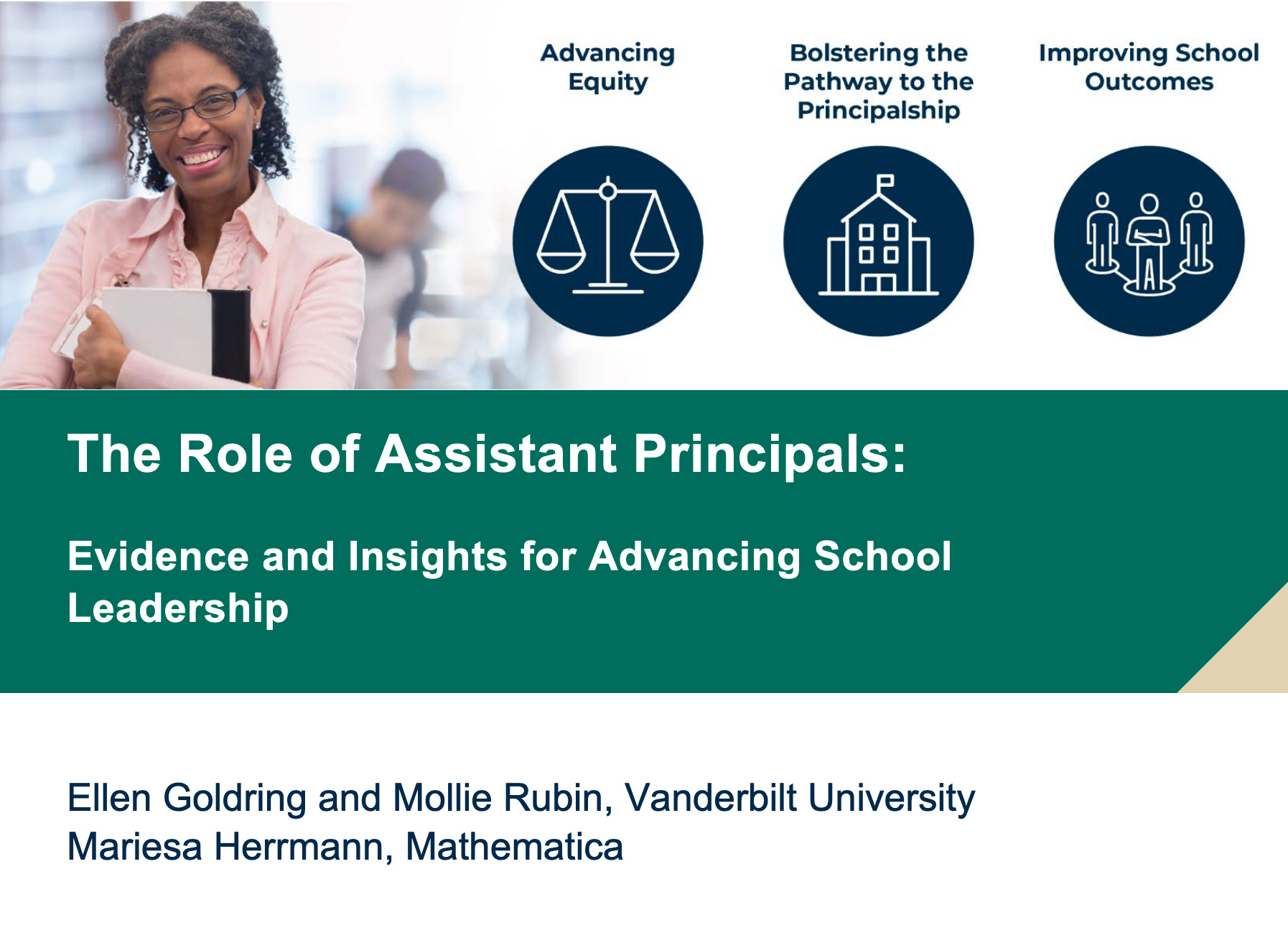 The Wallace Foundation has released its second of three influential principal pipeline research reports, The Role of Assistant Principals: Evidence and Insights for Advancing School Leadership (April 2021). This report written by Vanderbilt University and Mathematica researchers, summarized that the number of assistant principals has grown substantially in recent years, and with reexamination, the role of assistant principals could do more to leverage support for educational equity, school improvement, and principal effectiveness. The overarching purpose of the study according to the researchers, was to “shine a spotlight and synthesize the evidence” about assistant principals over the last 20 years. Some of the key findings suggest that assistant principal growth has become more prevalent (83%), educators of color and women face institutional barriers to advancement, assistant principals could help promote improved school climate and student outcomes, and the relationship between assistant principals’ experience and future principal performance is mixed. However, specific roles of assistant principals can matter for school outcomes (e.g., coaching teachers, visibility in the classroom, and paying attention to cultural inclusivity). Far too often assistant principals get pigeonholed into roles that limit their pathway to a principalship which is further amplified by ambiguous performance expectations and inadequate systems of support. The researchers acknowledge that the evidence base is still nascent. The next Wallace Foundation report will examine Principal Preparation and Professional Development due out later this year. To access the full Role of the Assistant Principals research report, visit the Wallace Foundation Knowledge Center at:
The Wallace Foundation has released its second of three influential principal pipeline research reports, The Role of Assistant Principals: Evidence and Insights for Advancing School Leadership (April 2021). This report written by Vanderbilt University and Mathematica researchers, summarized that the number of assistant principals has grown substantially in recent years, and with reexamination, the role of assistant principals could do more to leverage support for educational equity, school improvement, and principal effectiveness. The overarching purpose of the study according to the researchers, was to “shine a spotlight and synthesize the evidence” about assistant principals over the last 20 years. Some of the key findings suggest that assistant principal growth has become more prevalent (83%), educators of color and women face institutional barriers to advancement, assistant principals could help promote improved school climate and student outcomes, and the relationship between assistant principals’ experience and future principal performance is mixed. However, specific roles of assistant principals can matter for school outcomes (e.g., coaching teachers, visibility in the classroom, and paying attention to cultural inclusivity). Far too often assistant principals get pigeonholed into roles that limit their pathway to a principalship which is further amplified by ambiguous performance expectations and inadequate systems of support. The researchers acknowledge that the evidence base is still nascent. The next Wallace Foundation report will examine Principal Preparation and Professional Development due out later this year. To access the full Role of the Assistant Principals research report, visit the Wallace Foundation Knowledge Center at:  As educators who are dedicated to laying foundations upon which systems of equity can build, we must look inward with honesty, compassion, and openness. The Leadership Academy recently rebranded a list of six research-based leadership dispositions that are crucial for leaders addressing issues of bias, inequity, and race. One of the dispositions asserts that as leaders, our education equity work must be predicated on our understanding of our own personal values, assumptions, beliefs, and even our own unconscious biases.
As educators who are dedicated to laying foundations upon which systems of equity can build, we must look inward with honesty, compassion, and openness. The Leadership Academy recently rebranded a list of six research-based leadership dispositions that are crucial for leaders addressing issues of bias, inequity, and race. One of the dispositions asserts that as leaders, our education equity work must be predicated on our understanding of our own personal values, assumptions, beliefs, and even our own unconscious biases. This past weekend, I said farewell to a good friend (Mickey Alston) who passed away at age 81. Mickey was a retired New York City police detective (and an Air Force veteran) who I first met through his daughter (Jackie) while stationed at Tinker Air Force Base, OK. Jackie, her husband (JC) and their son, Justin were stationed at Tinker around the same time my wife and I were reassigned and arrived from Germany. Mickey (and his wife) would visit Oklahoma City from New York City periodically to spend time with Jackie and her family. We would sometimes get together for fellowship and outings at the homes of various friends to cook out, play cards (bid whist) and partake in adult beverages.
This past weekend, I said farewell to a good friend (Mickey Alston) who passed away at age 81. Mickey was a retired New York City police detective (and an Air Force veteran) who I first met through his daughter (Jackie) while stationed at Tinker Air Force Base, OK. Jackie, her husband (JC) and their son, Justin were stationed at Tinker around the same time my wife and I were reassigned and arrived from Germany. Mickey (and his wife) would visit Oklahoma City from New York City periodically to spend time with Jackie and her family. We would sometimes get together for fellowship and outings at the homes of various friends to cook out, play cards (bid whist) and partake in adult beverages.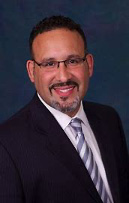 “The problem and inequities that have plagued our education system since long before COVID will still be with us even after the virus is gone. So, it is our responsibility, it our privilege, to take this moment and to do the most American thing imaginable: To forge opportunity out of crisis, to draw on our resolve, our ingenuity, and our tireless optimism, as a people, and build something better than we’ve ever had before.” – U.S. Education Secretary Miguel Cardona
“The problem and inequities that have plagued our education system since long before COVID will still be with us even after the virus is gone. So, it is our responsibility, it our privilege, to take this moment and to do the most American thing imaginable: To forge opportunity out of crisis, to draw on our resolve, our ingenuity, and our tireless optimism, as a people, and build something better than we’ve ever had before.” – U.S. Education Secretary Miguel Cardona The Wallace Foundation has released its seminal research report, How Do Principals Affect Students and Schools: A Systematic Synthesis of Two Decades of Research (Feb 2021). As a national independent foundation, with a $1.6 billion endowment, Wallace has been heavily engaged in 20-years of principal research and freely sharing evidence-based lessons on school leadership (among other areas) as a part of their mission to “foster improvement and enrichment for marginalized children”. The primary purpose of the research report was to synthesize what has been learned about the relationship between school leadership and student achievement and other outcomes as well (e.g., student attendance and chronic absenteeism). While principals are second only to teachers in terms of in-school factors impacting student achievement, one key take-away from the research findings emphasizes that the importance of principals is not stated strongly enough as there is strong evidence that having an effective principal contributes substantially to student achievement. To access the full research report visit the Wallace Foundation Knowledge Center at:
The Wallace Foundation has released its seminal research report, How Do Principals Affect Students and Schools: A Systematic Synthesis of Two Decades of Research (Feb 2021). As a national independent foundation, with a $1.6 billion endowment, Wallace has been heavily engaged in 20-years of principal research and freely sharing evidence-based lessons on school leadership (among other areas) as a part of their mission to “foster improvement and enrichment for marginalized children”. The primary purpose of the research report was to synthesize what has been learned about the relationship between school leadership and student achievement and other outcomes as well (e.g., student attendance and chronic absenteeism). While principals are second only to teachers in terms of in-school factors impacting student achievement, one key take-away from the research findings emphasizes that the importance of principals is not stated strongly enough as there is strong evidence that having an effective principal contributes substantially to student achievement. To access the full research report visit the Wallace Foundation Knowledge Center at: 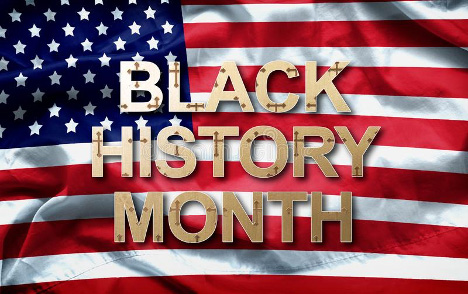 As we embrace Black History Month and all the Black Excellence that it celebrates, I cannot help but view the month through the lens of an educator. As such, I see a dichotomy; a long list of accomplishments, inventions, milestones, and grand efforts achieved as much as because of the education of black people as despite it.
As we embrace Black History Month and all the Black Excellence that it celebrates, I cannot help but view the month through the lens of an educator. As such, I see a dichotomy; a long list of accomplishments, inventions, milestones, and grand efforts achieved as much as because of the education of black people as despite it.